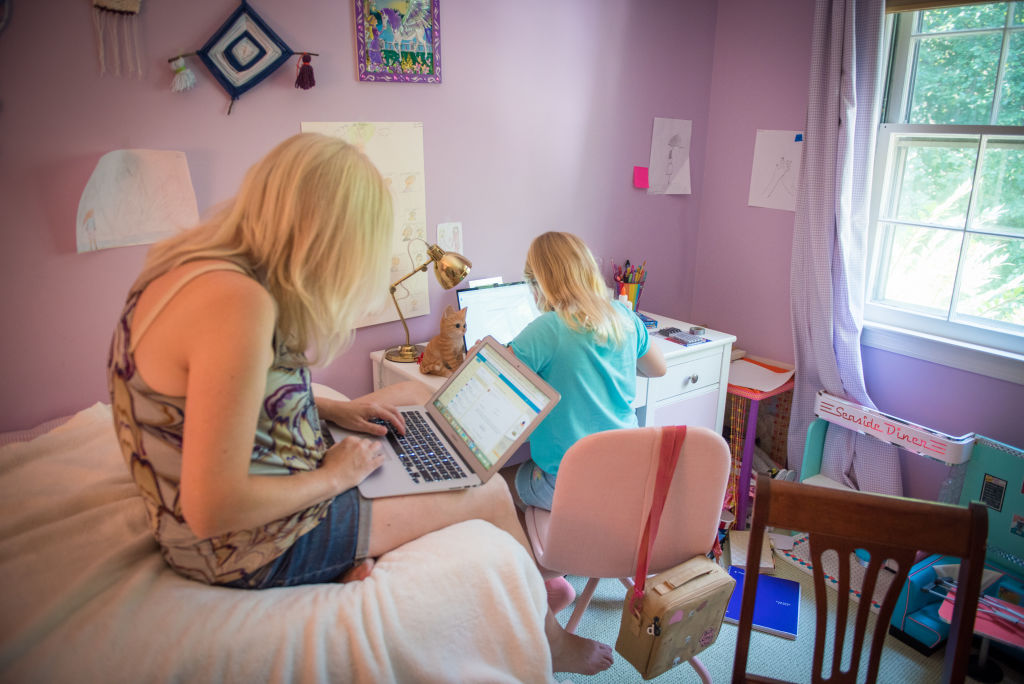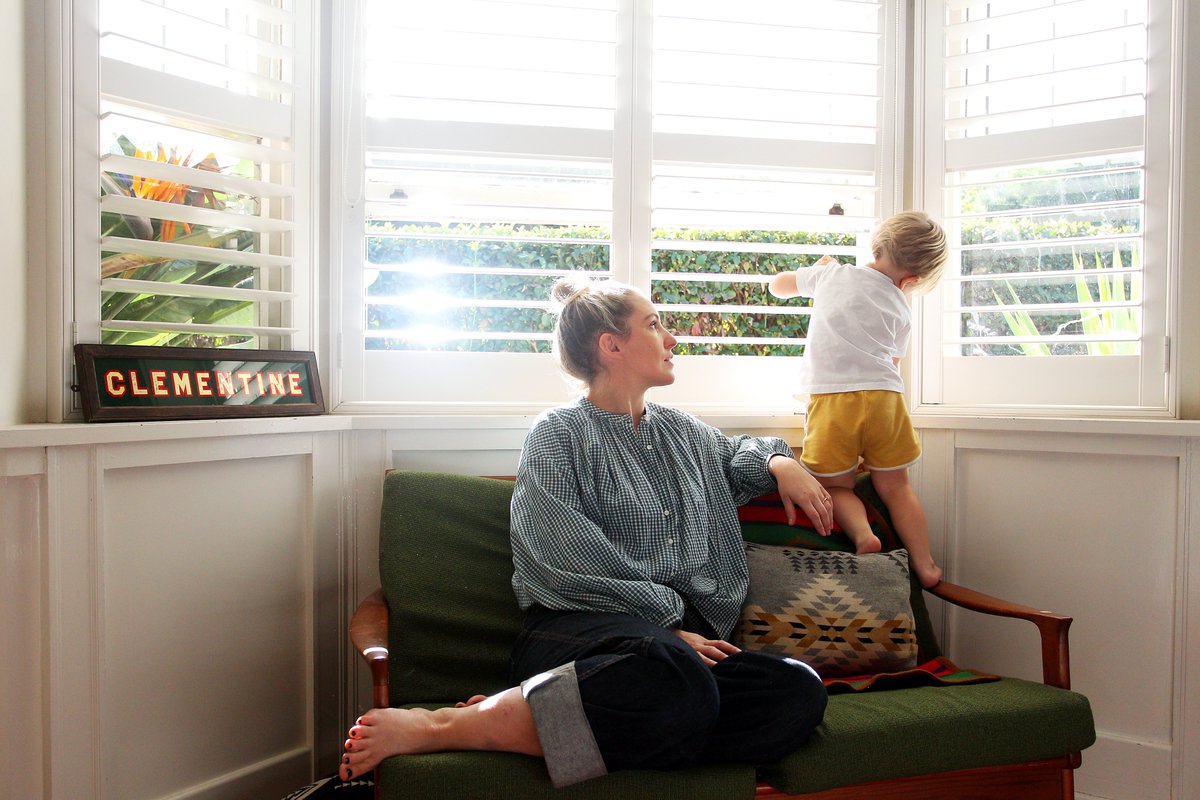
In August and September, more than a million people dropped out of the workforce. 80% of them were women.
When women give up their careers, the choice is almost never truly a free one trib.al/NG9SUHn
When women give up their careers, the choice is almost never truly a free one trib.al/NG9SUHn
Mothers are juggling school closures and daycare chaos in addition to work. Husbands are pitching in, but not enough.
When women leave the workforce, they’re not exercising their options — they’ve run out of them. @JoanCWilliams and @skgreen discuss ⬇️
pscp.tv/bopinion/1DXGy…
When women leave the workforce, they’re not exercising their options — they’ve run out of them. @JoanCWilliams and @skgreen discuss ⬇️
pscp.tv/bopinion/1DXGy…
One in 4 employed women (1 in 3 mothers) are considering quitting or dialing back at work.
This is the first time in six years of research that McKinsey has found any difference in men’s and women’s interest in quitting trib.al/NG9SUHn
This is the first time in six years of research that McKinsey has found any difference in men’s and women’s interest in quitting trib.al/NG9SUHn

Working parents are especially feeling the crunch.
A FlexJobs survey found that 25% of working fathers and mothers had reduced their hours to cope with child-care demands. But women were much more likely than men to quit trib.al/NG9SUHn
A FlexJobs survey found that 25% of working fathers and mothers had reduced their hours to cope with child-care demands. But women were much more likely than men to quit trib.al/NG9SUHn

What’s happening here is pretty obvious, and predictable: A lot of extra care work is falling on women and driving them out of the workforce.
This should signal the end of the “opt out” myth trib.al/NG9SUHn
This should signal the end of the “opt out” myth trib.al/NG9SUHn

Many people assume that women aren’t as frequently seen leading organizations or governments because so many of them “choose” to stay home.
In reality, the number of women who give up their careers is small trib.al/NG9SUHn
In reality, the number of women who give up their careers is small trib.al/NG9SUHn

The opt-out myth looms large in our culture.
A majority of people think that women “prioritizing family over work” is the primary barrier to women’s career advancement. In fact, only 11% of women are out of the workforce to care for children full time trib.al/NG9SUHn
A majority of people think that women “prioritizing family over work” is the primary barrier to women’s career advancement. In fact, only 11% of women are out of the workforce to care for children full time trib.al/NG9SUHn

Of Gen X women, only 28% had ever taken a break of six months or more to care for children.
That’s not enough to explain why there are so few women in the halls of power trib.al/NG9SUHn
That’s not enough to explain why there are so few women in the halls of power trib.al/NG9SUHn

While time away from work is often portrayed as a choice, the evidence shows that it’s usually a reluctant one. There are three external factors that steer women in this direction:
➡️Inflexible workplaces
➡️Oblivious husbands
➡️Bad public policy
trib.al/NG9SUHn
➡️Inflexible workplaces
➡️Oblivious husbands
➡️Bad public policy
trib.al/NG9SUHn

The U.S. remains a country where only 19% of private-sector workers have paid family leave.
Many women are denied their post-baby accommodation requests. In professions such as law or finance, a plea to work 40 hrs/week is equivalent to going part time trib.al/NG9SUHn
Many women are denied their post-baby accommodation requests. In professions such as law or finance, a plea to work 40 hrs/week is equivalent to going part time trib.al/NG9SUHn
Another important factor is how much parenting fathers do, and how much work they do around the house.
Two-thirds of women who drop out of the workforce cite a lack of support from their husbands trib.al/NG9SUHn
Two-thirds of women who drop out of the workforce cite a lack of support from their husbands trib.al/NG9SUHn

Men don’t always realize how little they’re helping; time-use studies find that men overestimate how much housework they do trib.al/NG9SUHn 

Public policy also plays a role. The U.S. has always struggled in this department:
🙅🏽♀️Daycare isn’t affordable
🤷🏻♂️Paid leave is not guaranteed
If the U.S. had paid maternity leave and affordable infant care, lots of women might never have quit their jobs trib.al/NG9SUHn
🙅🏽♀️Daycare isn’t affordable
🤷🏻♂️Paid leave is not guaranteed
If the U.S. had paid maternity leave and affordable infant care, lots of women might never have quit their jobs trib.al/NG9SUHn
• • •
Missing some Tweet in this thread? You can try to
force a refresh














